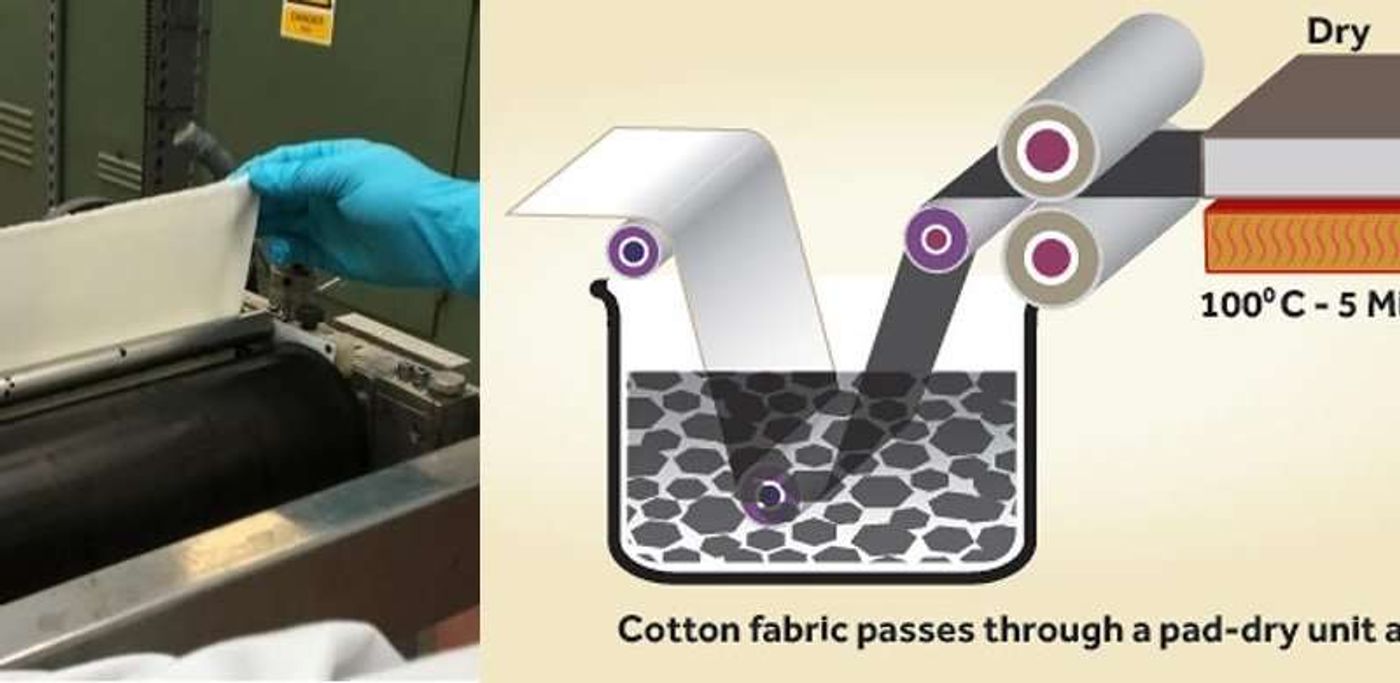Your Next Holiday Gift List Could Include Graphene-Based Wearables
Graphene, the one-atom-thick carbon structures, are without a doubt the most buzzed-about material in the world of science today. The 2010 Nobel Prize was awarded to the physicists Kostya Novoselov and André Geim, the pioneers in creating and characterizing this miraculous matter.
Right now, research teams all over the world are competing to turn knowledge into applications. The rapid development of wearable technology has received another boost from a new development using graphene for printed electronic devices.
Having all ideal characteristics, graphene is considered the most promising material in wearable e-textiles. However, there is a significant bottleneck during the translation from laboratory to mass market: there is no good way to manufacture graphene-based e-textiles on an industrial scale.
In a recent publication in the journal ACS Nano, a team of researchers from the University of Manchester announced that they had developed a scalable method to produce graphene-based wearable e-textiles at a rate as fast as 150 meters (almost 500 feet) per minute, a factory-ready efficiency.
According to Nazmul Karim, the first author of the report, their cost-effective and straightforward way of producing multifunctional graphene textiles is a “is a significant breakthrough for the rapidly growing wearables market". The easily scalable method can be utilized in many real-life applications, such as sportswear, military gear, and medical clothing.
Traditionally, the graphene-based textiles are first coated with graphene oxide, and then the graphene oxide is reduced to its functional form of reduced graphene oxide. Instead, the Manchester team has reversed the previous process: they first reduced the graphene oxide in solution and then coated the textiles with the reduced form.
"Our future research plan is to look into other 2D materials and utilize their benefits for wearable e-textiles applications," Karim said. "We are also looking to commercialize these technologies in collaboration with industrial partners."
How flexible is graphene? Credit: University of Manchester
Source: phys.org










